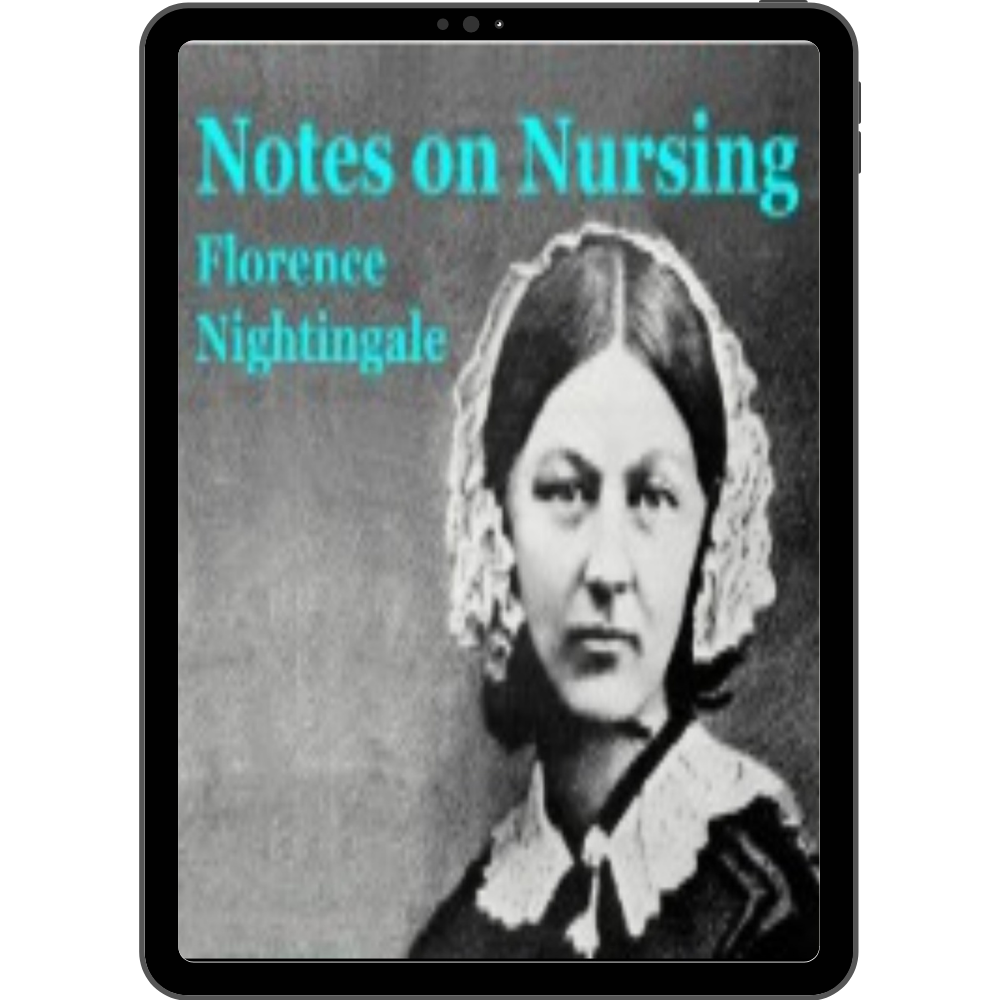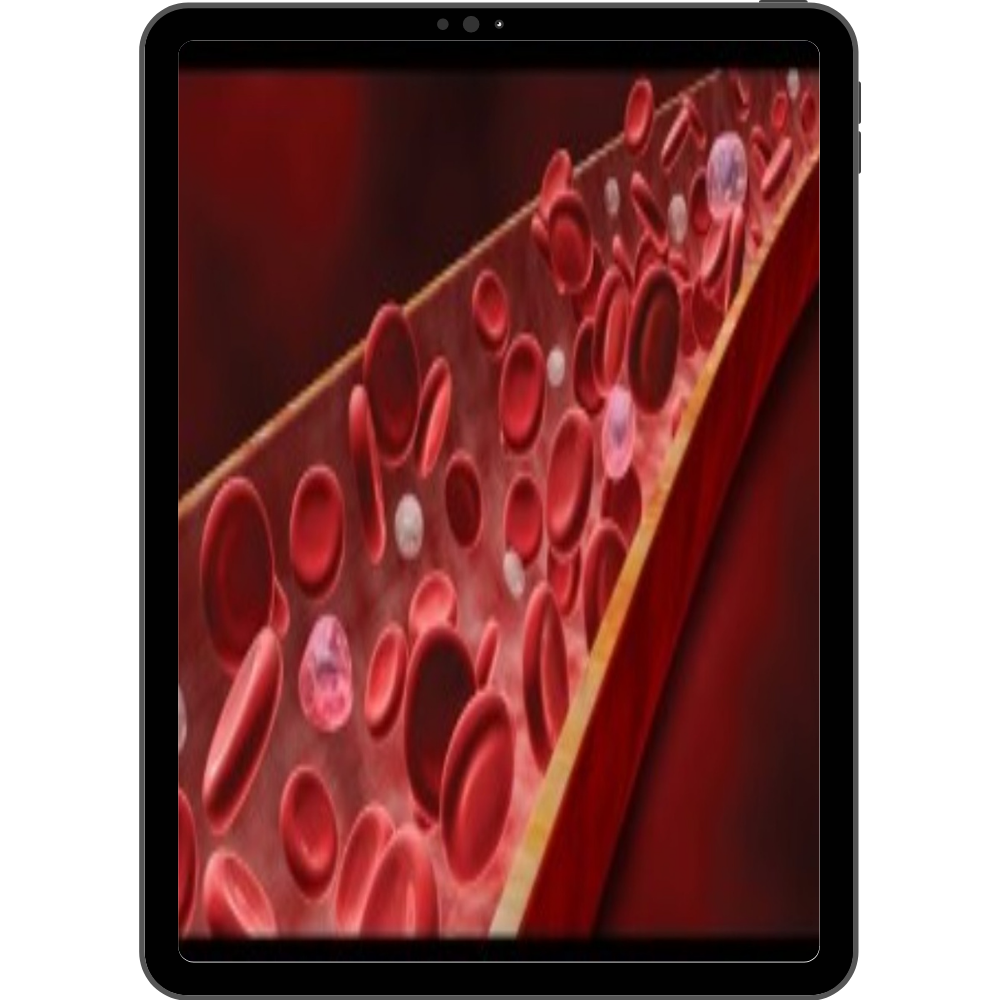Notes on Nursing was published in 1859 and is a fascinating view into the theories underpinning the early development of modern nursing and public health reform by "the Lady with the Lamp", Florence Nightingale. Emphasising common sense and thought for the patient's care in many more ways than just administering physician-prescribed medicines, this is still a very relevant book for those interested in health or caring for the sick and infirm today
Looking upon the human body from the physical point of view as the most perfect, most ingeniously economical, and most beautiful of living machines, the author has attempted to write a little handbook of practical instruction for the running of it. And seeing that, like other machines, it derives the whole of its energy from its fuel, the subject of foods--their properties, uses, and methods of preparation--has been gone into with unusual care. An adequate supply of clean-burning food-fuel for the human engine is so absolutely fundamental both for health and for efficiency--we are so literally what we have eaten--that to be well fed is in very fact two-thirds of the battle of life from a physiological point of view.
Here are thirteen biographical sketches of physicians penned by one of the founders of modern medicine, William Osler, published in 1908. "Sir William Osler, one of the best-loved and most influential teachers of his time, was born in Canada in 1849…. Wherever he worked his gifted and unique personality was a center of inspiration… one would like to see his honorable place as a man of letters more generally understood.
The title is, I think, self explanatory. The nurse in question went out to France at the beginning of the war and remained there until May 1915 after the second battle of Ypres when she went back to a Base Hospital and the diary ceases. Although written in diary form, it is clearly taken from letters home and gives a vivid if sometimes distressing picture of the state of the casualties suffered during that period. After a time at the General Hospital in Le Havre she became one of the three or four sisters working on the ambulance trains which fetched the wounded from the Clearing Hospitals close to the front line and took them back to the General Hospitals in Boulogne and Le Havre. Towards the end of the account she was posted to a Field Ambulance (station) close to Ypres.
One of a series of books, "Little Masterpieces in Science" edited by George Iles, Health and Healing is a collection of articles written by prominent physicians and scientists describing key advances in medicine through the end of the 19th century. Published in 1902, this book includes chapters on Pasteur's work with vaccines, tuberculosis, malaria, pain, eye care, prolonging life and some rules for health.



































